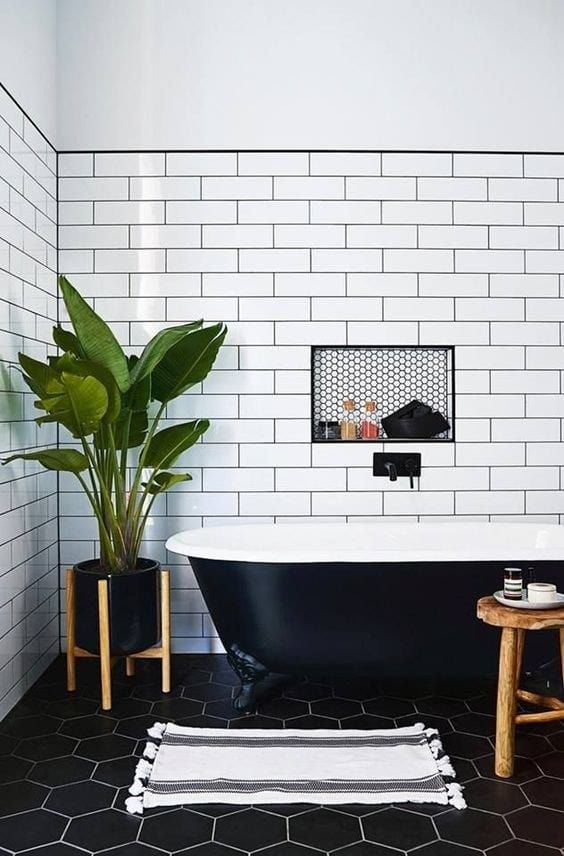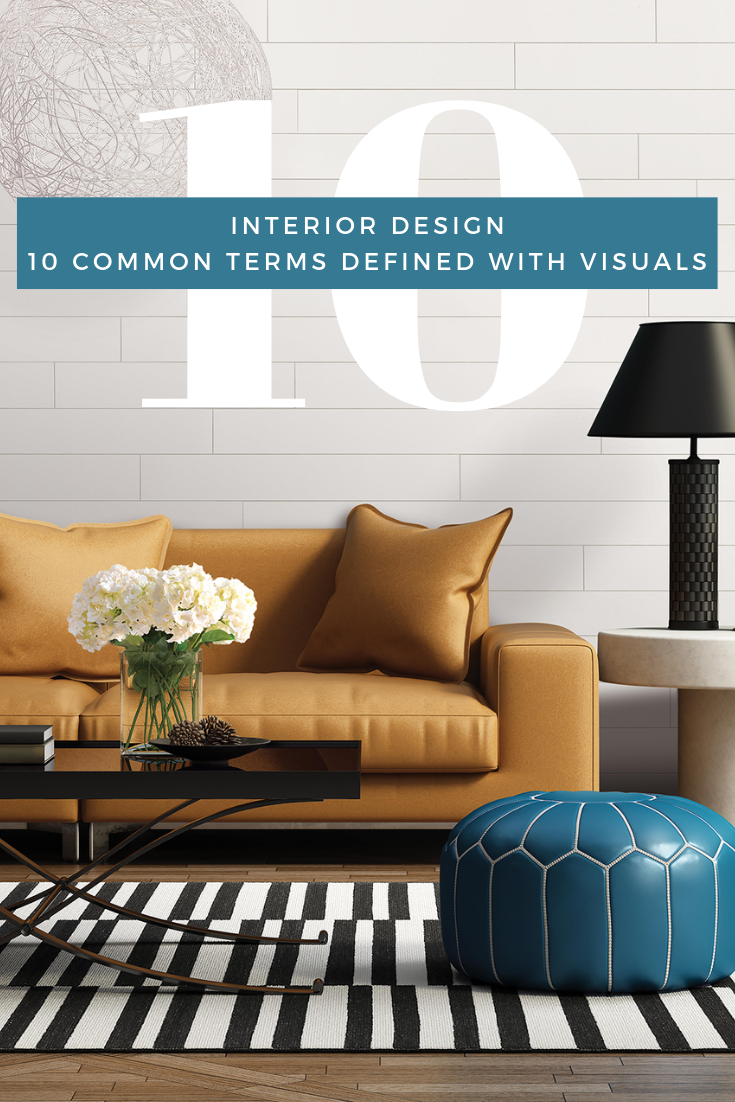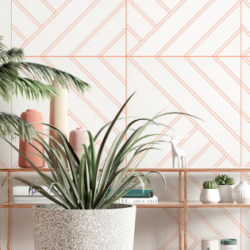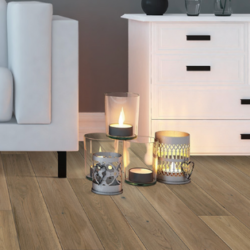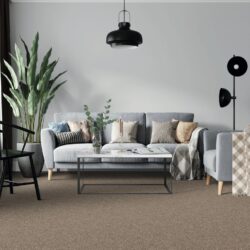There is always time to brush up on your interior design knowledge. One of the best ways to do that is to not only refresh on industry lingo but to see the definitions instead of just reading or memorizing them.
After all, if you can’t envision it, is it fully understood?
With some help from the team at Trinity Surfaces (and Pinterest), we picked 10 of the most commonly used terms to define, both verbally and visually.
To exercise your chops properly, we suggest a solid reading of the terms, first. Then, dive deeper the second time around, and study the accompanying visuals. Lastly, and perhaps most importantly, remember that each visual could be described with more than one term. See if you can use two terms, per visual, to describe them.
Ready? Let’s go!
“Well-appointed” interior design refers more to the actual build-out of a project rather than the overall blueprint; it denotes quality craftsmanship.
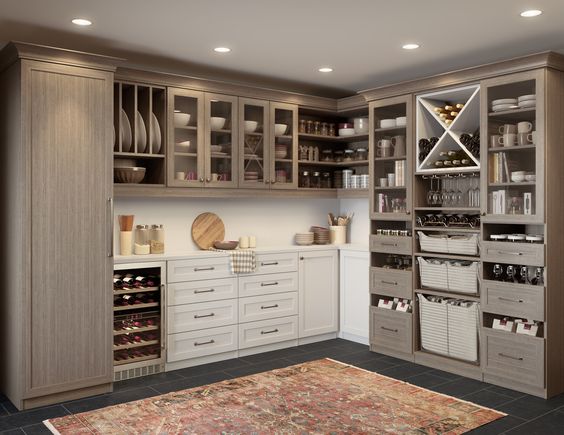
“Conversational” is exactly that: a style that drives conversations, whether it’s a lavish accent or a one-of-a-kind collector’s item.
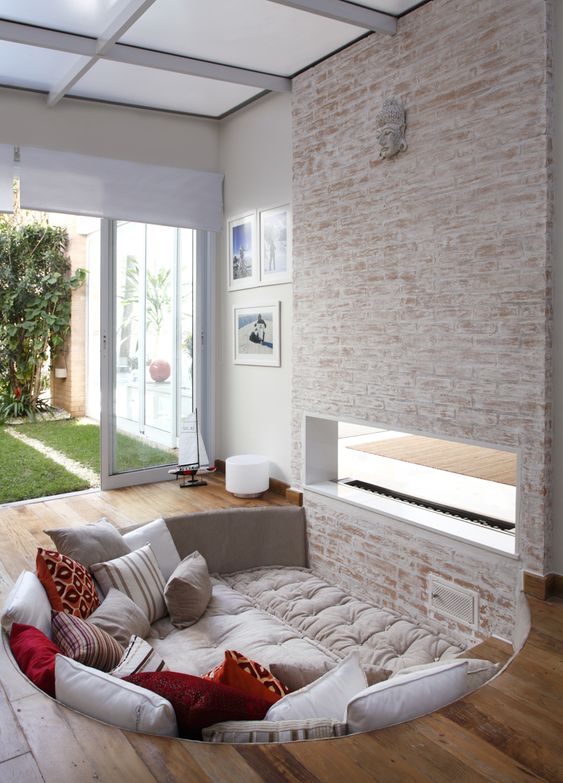
“Collected” style gives a nod to the more patient process of acquiring fitting accent pieces over time, adding depth to a space.
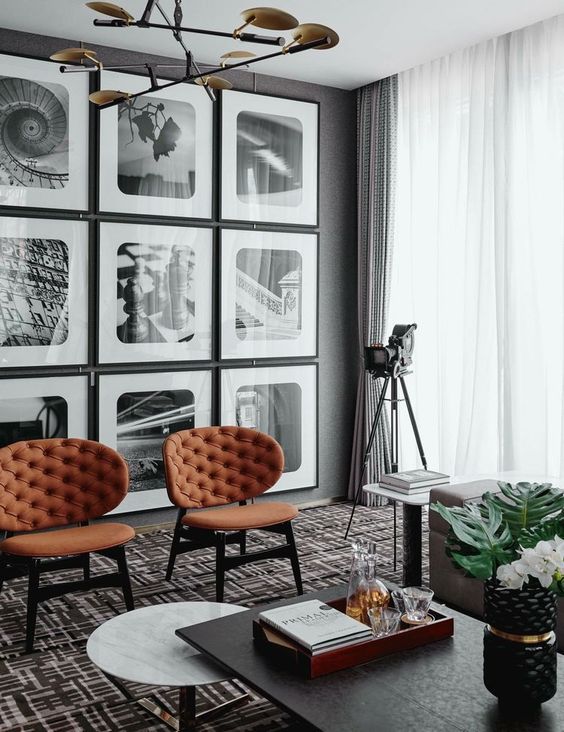
“Contrived Pantina” refers to an interior design approach that shows off surface wear and tear to develop character in a space.
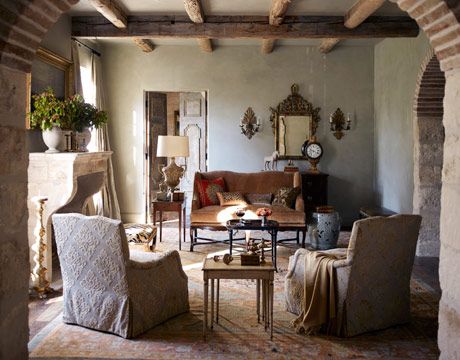
“Timeless” typically means that a designer has gone with a style that strays from what’s trending and focuses on one with a longer shelf-life.
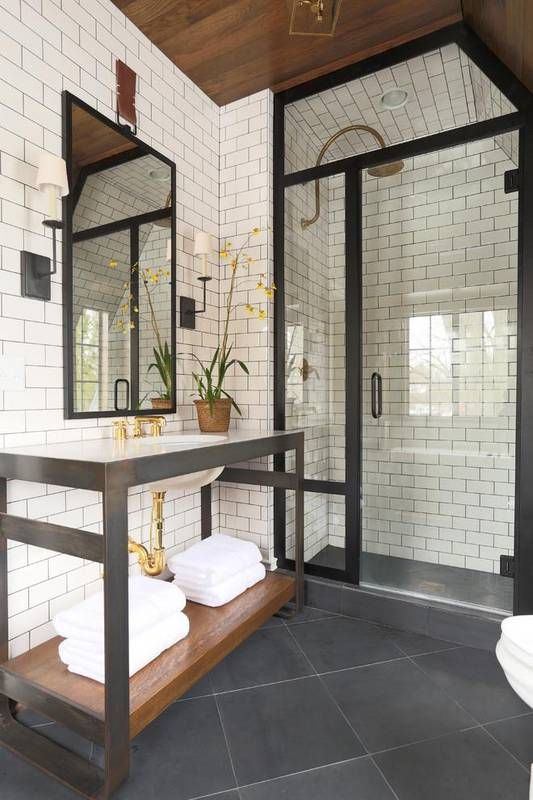
“Curated” interior design is inspired by historical happenings and is developed using a unique perspective.
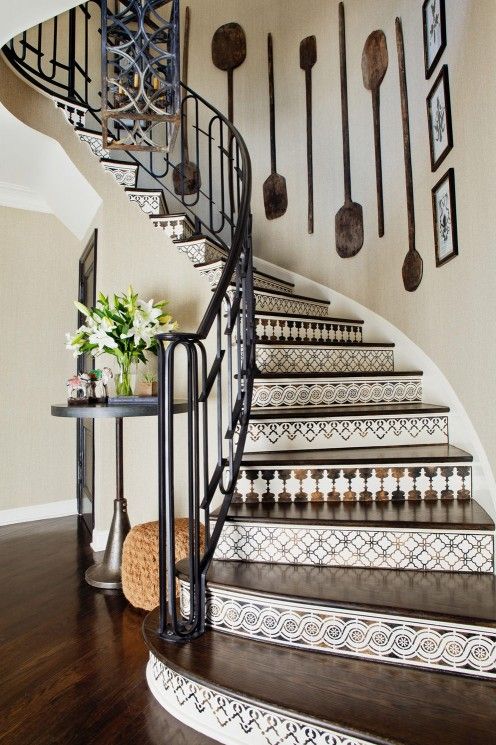
“Evolving” style is a term that designers resort to when a project is not completed. It’s short for “a work in progress.”
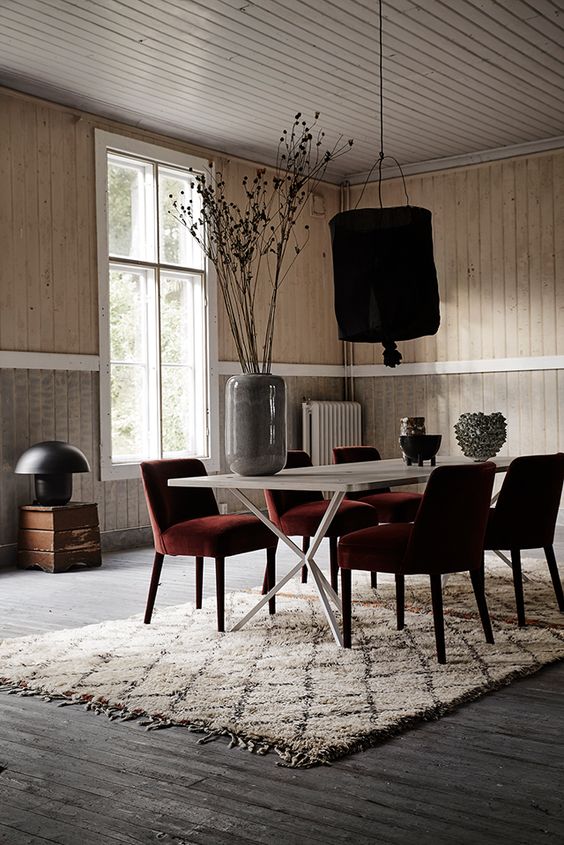
“Moody” is an interior design option that utilizes any number of dark hues and textures.
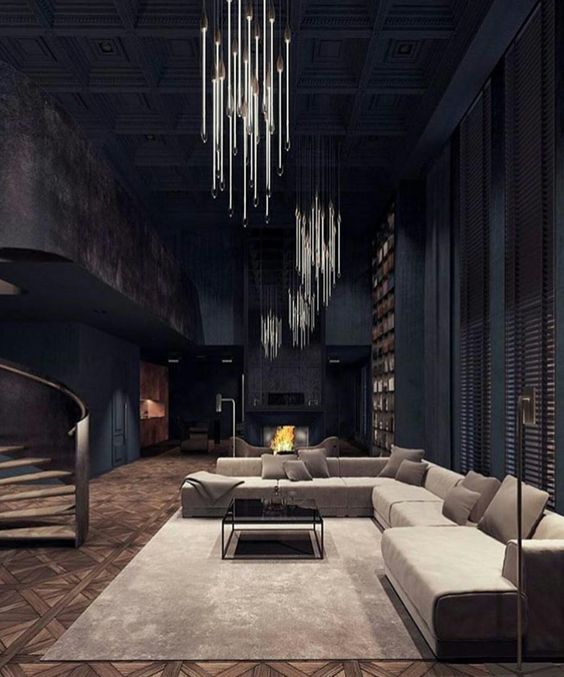
“Layered” design ties in a variety of elements to build intrigue and attention.
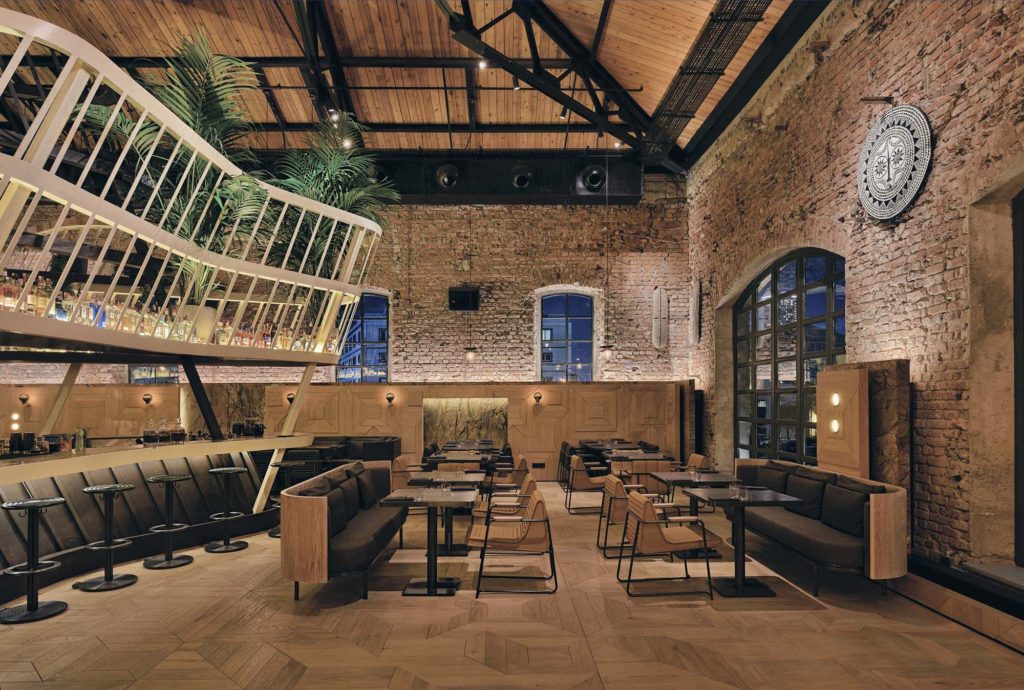
“Chic” is a term that translates to the fact that an interior designer has full confidence in her choices.
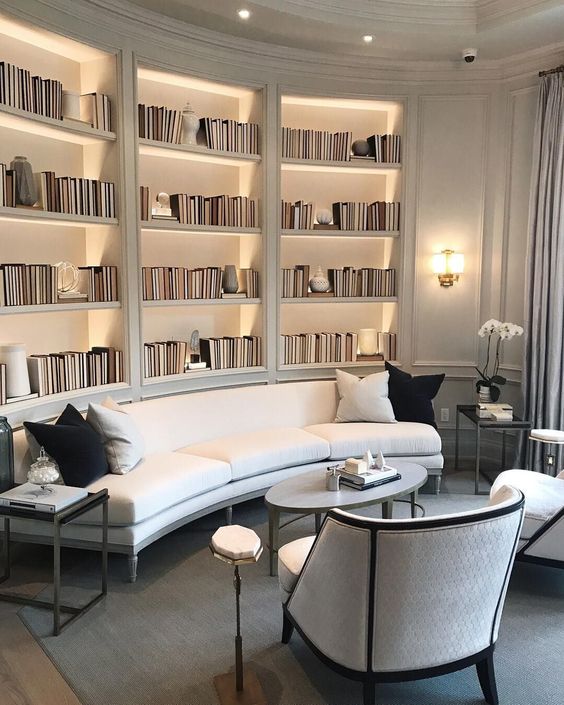
See this post on Pinterest and follow some of the many surface design boards from Trinity Surfaces.
Categorised in: Architecture & Design, Interior Design
This post was written by Amy Rosado



